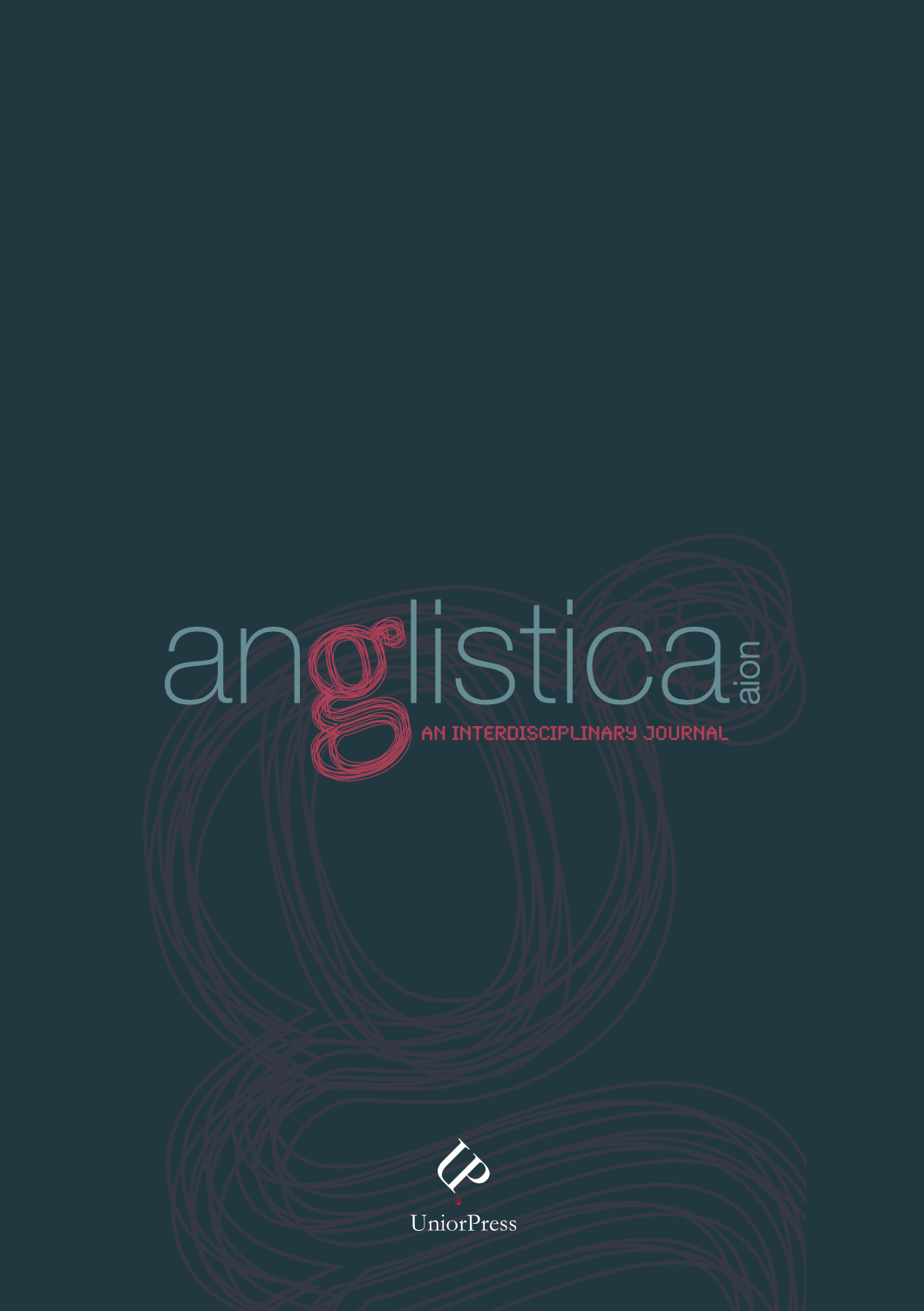
This issue of Anglistica AION investigates one of the main findings of recent debates on the representation of migration in the media, that is their increased ‘affective labour’, triggering fear, anxiety, vulnerability and alarm about/towards transnational mobility. This “politics of fear” has enormously contributed to the media coverage of climate-induced migrants, whose stories are often framed in apocalyptic, exceptional and alarming tones and thus have a much higher chance of making it in to the headlines than other structural processes of discrimination (Wodak 2015). Indeed, traditional and new media play crucial roles, exercising a strong impact on community relations and matters of hospitality. As Teun van Dijk argued in his seminal work on news and social cognition, people rely heavily on media accounts for their knowledge, beliefs and opinions, which in turn form socially shared knowledge and limited interpretative repertoires (1993). Such limited “repertoires” may condition the social apprehension and response to climate-induced migration, hindering the possibility of transnational solidarity (Blommaert 2012, 12). Hence, the issue provides an overview of the representation of climate-induced migration from critical, theoretical and discourse-analytical point of view.

